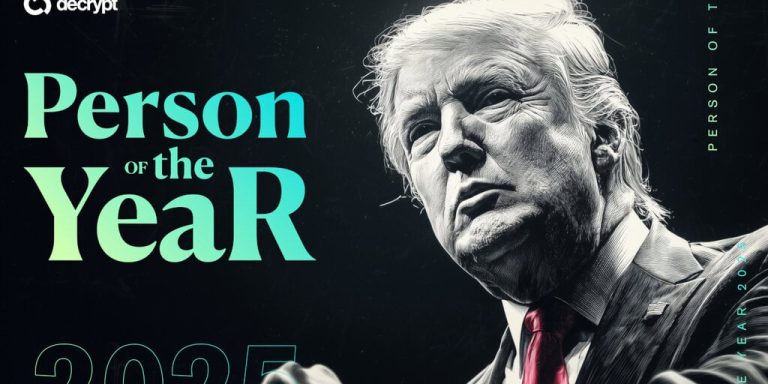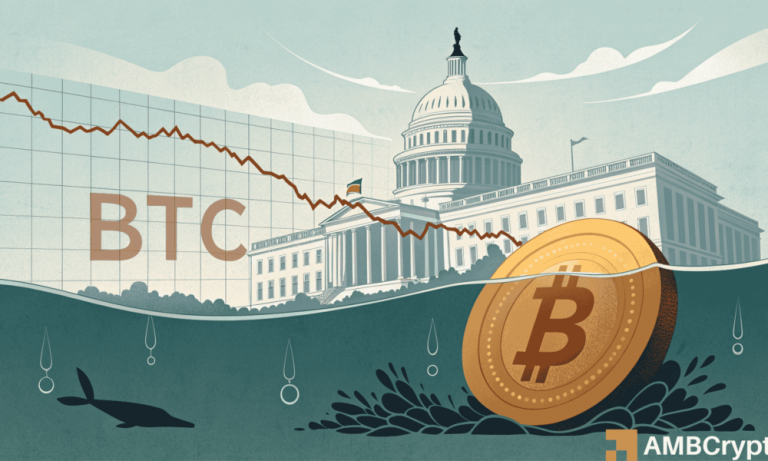
SanDisk Corp. is set to join the S&P 500 index on November 28, 2024, replacing Interpublic Group of Companies Inc., marking a significant milestone for the storage solutions leader. The announcement caused SanDisk shares to surge over 9% in after-hours trading, highlighting investor confidence and optimism around the company’s performance.
SanDisk’s Rise to the S&P 500
The decision by S&P Dow Jones Indices to move SanDisk from the S&P SmallCap 600 to the S&P 500 signals the company’s remarkable growth, driven primarily by its strong performance in AI-driven storage solutions. SanDisk recently reached a market capitalization of approximately $33 billion, surpassing the typical small-cap threshold, making it eligible for this promotion to the esteemed index.
This shift also underscores the increasing reliance of advanced artificial intelligence platforms on cutting-edge storage technologies. As businesses adopt more machine-learning applications, demand for high-capacity, efficient storage solutions has skyrocketed. Products such as SanDisk’s Extreme Portable SSD, known for its lightning-fast speeds and reliability, have become essential for both consumers and enterprises looking to manage large data volumes efficiently.
MicroStrategy’s Continued Exclusion Despite Bitcoin Holdings
In stark contrast, Strategy (formerly MicroStrategy) has again been excluded from S&P 500 eligibility despite meeting technical criteria. The company, led by executive chairman Michael Saylor, holds over 640,000 BTC valued at approximately $72.3 billion, making it the world’s largest corporate holder of Bitcoin. However, this heavy concentration in Bitcoin has proven to be a liability for the company.
Financial analysts point to the firm’s volatile quarterly earnings, a direct result of its Bitcoin-heavy treasury strategy, as the key factor undermining its chances of inclusion. In Q3 2024, Strategy posted $3.8 billion in revenues, showcasing potential. However, the firm’s earnings fluctuate drastically with the price of Bitcoin. For instance, a $10 billion revenue quarter in Q2 followed a $4.2 billion loss in Q1, failing to meet the S&P 500’s requirement of consistent, stable earnings across four quarters.
Skepticism from Traditional Finance
Additionally, S&P Dow Jones Indices issued a ‘B-‘ credit rating for Strategy, citing its high exposure to Bitcoin, limited liquidity in USD, and narrow business focus. This rating reflects traditional finance’s wariness of businesses relying heavily on digital assets, which are perceived as too volatile for the stability expected from blue-chip index constituents.
The exclusion of Strategy and the inclusion of SanDisk highlight a growing divide between traditional financial institutions and companies with crypto-heavy treasury models. Analysts argue that Strategy must address its earnings volatility and diversify its operations to regain candidacy for the S&P 500 in the future.
What’s Next for SanDisk and Strategy?
SanDisk’s inclusion in the S&P 500 positions the company for increased institutional investments, as index-tracking funds are now compelled to rebalance and purchase its shares. This move not only boosts SanDisk’s liquidity but also elevates its reputation among large-cap equity investors.
Meanwhile, Strategy faces mounting scrutiny from financial institutions. Despite intermittent outperformance relative to Bitcoin and even the S&P 500, its exclusion raises questions about the future for other crypto-heavy companies vying for index inclusion. Financial analysts suggest that Strategy’s executive team will need to find innovative solutions to stabilize earnings while navigating the challenges of regulatory compliance and sector skepticism.
A Broader Market Perspective
SanDisk’s rise and Strategy’s struggles represent a broader trend in how traditional finance evaluates innovations in the digital asset space. While some companies like Robinhood have gained entry to indices like the S&P 500, barriers remain steep for firms like Strategy that rely heavily on unconventional treasury approaches.
As these dynamics evolve, one thing becomes clear: consistency, sector diversity, and financial stability remain the dominant metrics for inclusion. Investors and executives alike will need to watch this space closely as market expectations and index methodologies adapt to the changing landscape of business models.





